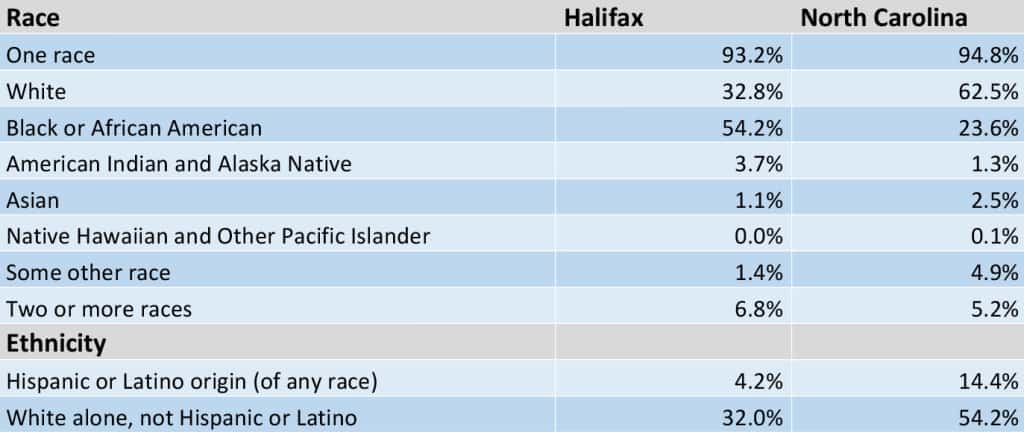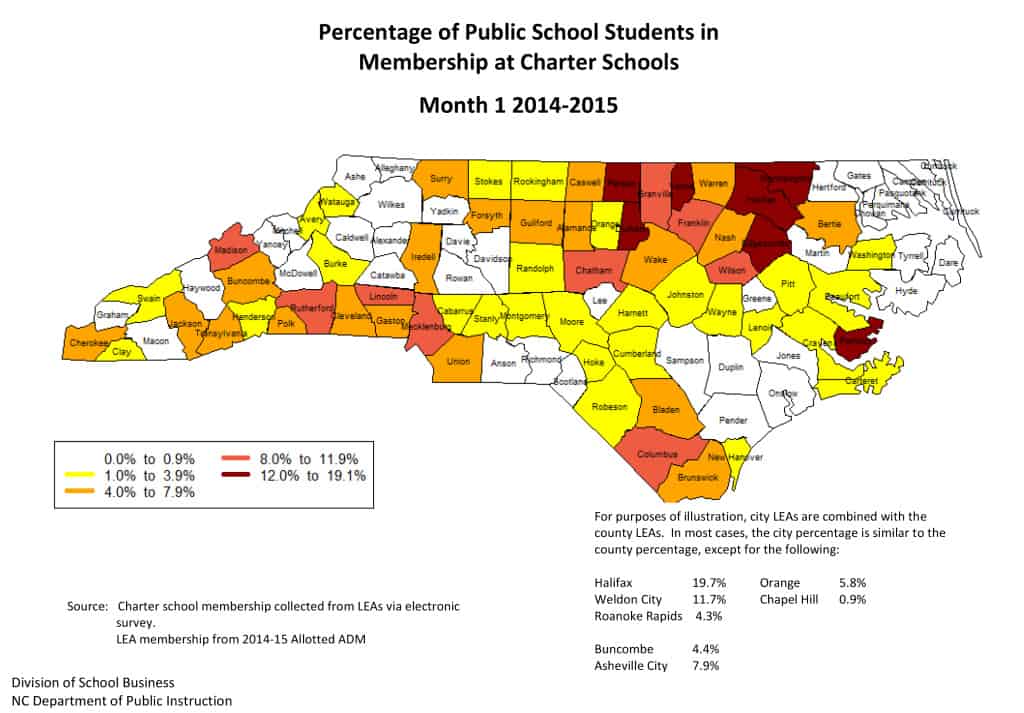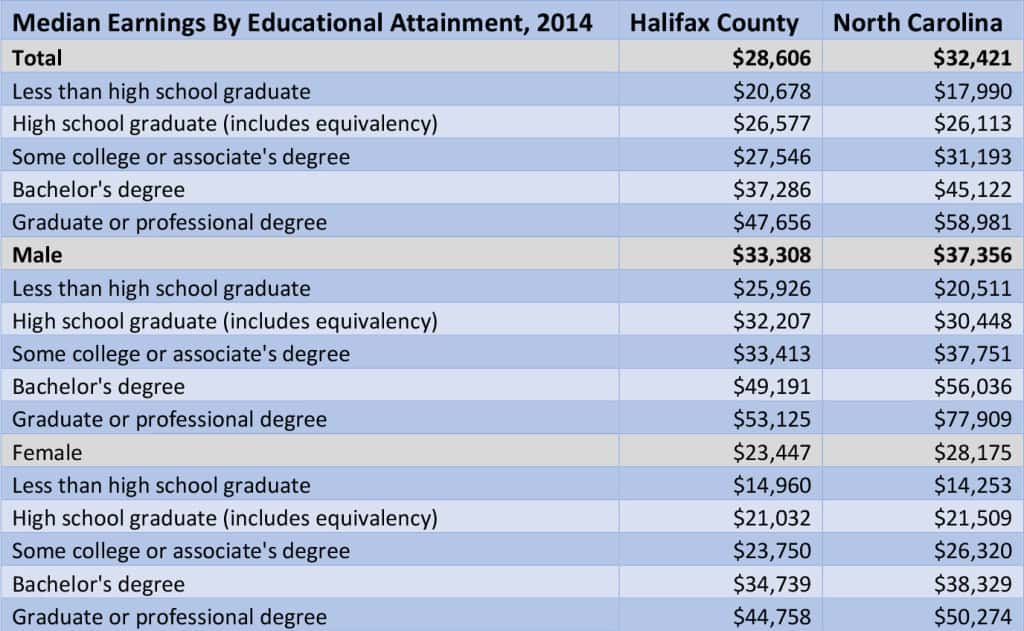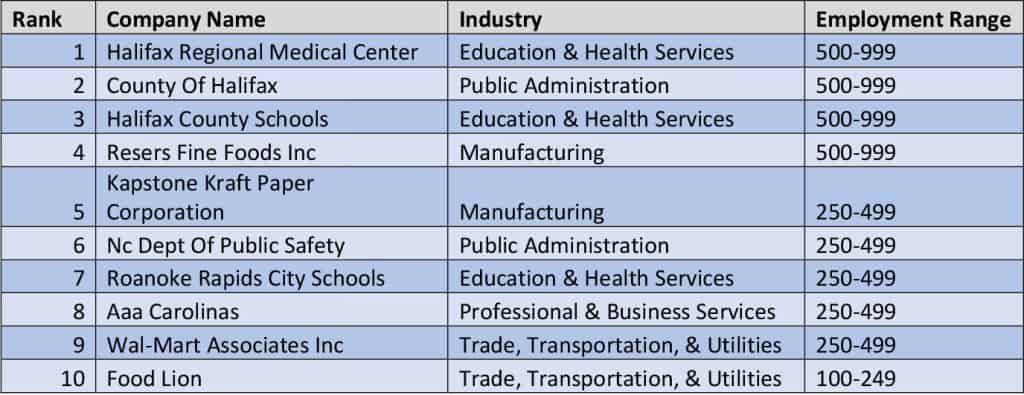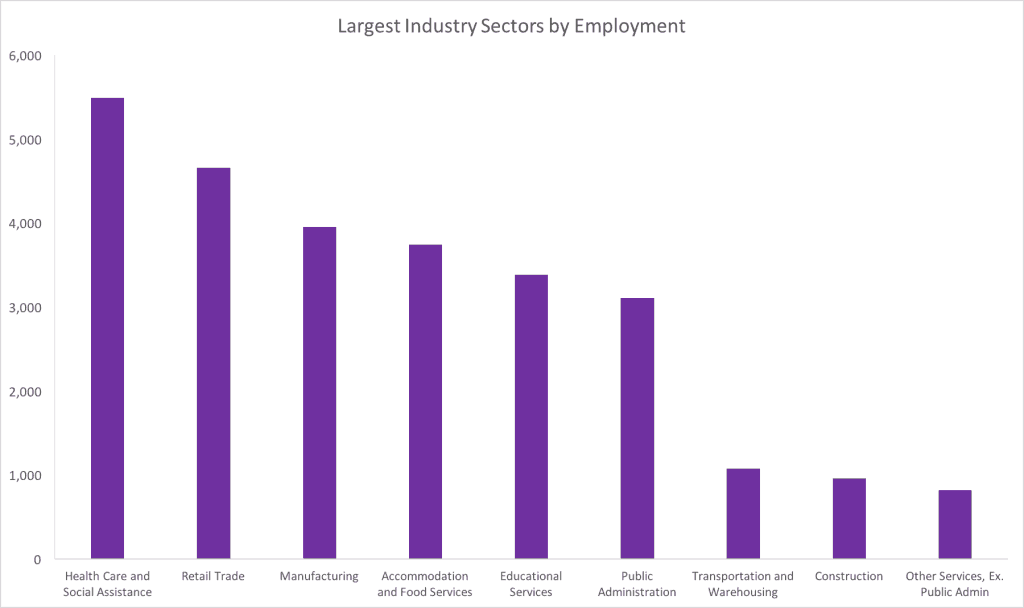Overview
If you read EdNC in 2015, there’s a good chance you saw an article about Halifax County. There is conflict on the Halifax County School Board. The County Commissioners are being sued by local community groups over the county’s three separate school districts (Halifax County Schools, Weldon City Schools, and Roanoke Rapids City Schools). And the state’s oldest and longest court case concerning the equality of public education across the state has frequently cited Halifax County as an example of how things have gone wrong.
Halifax, in many ways, is symbolic of other communities across the state, places left behind in North Carolina’s economic and demographic explosion at the end of the century.
Like those other communities, Halifax is populated with people who want to see it become a better place to live for their friends and families and the next generation who will call it home.
And, like so many other places around the state, Halifax County has a unique story to tell, one that can be lost in the hard news of the day.
At EdNC, we cover the news, but we also try to dig deeper into the issues that affect how kids learn in the classroom. If you want to help a child overcome the obstacles in her life, the impediments to education and learning, you have to understand what those obstacles are and where they come from. In the case of Halifax, you have to understand the long arc of the community’s story.
That starts with data.
Demographics
Population: 53,803
Median age: 42.1
Population decline: Between 2010-14, Halifax’s population declined by -3.1 percent, the ninth largest population decline in the state during that time period.
Race and ethnicity, total population: 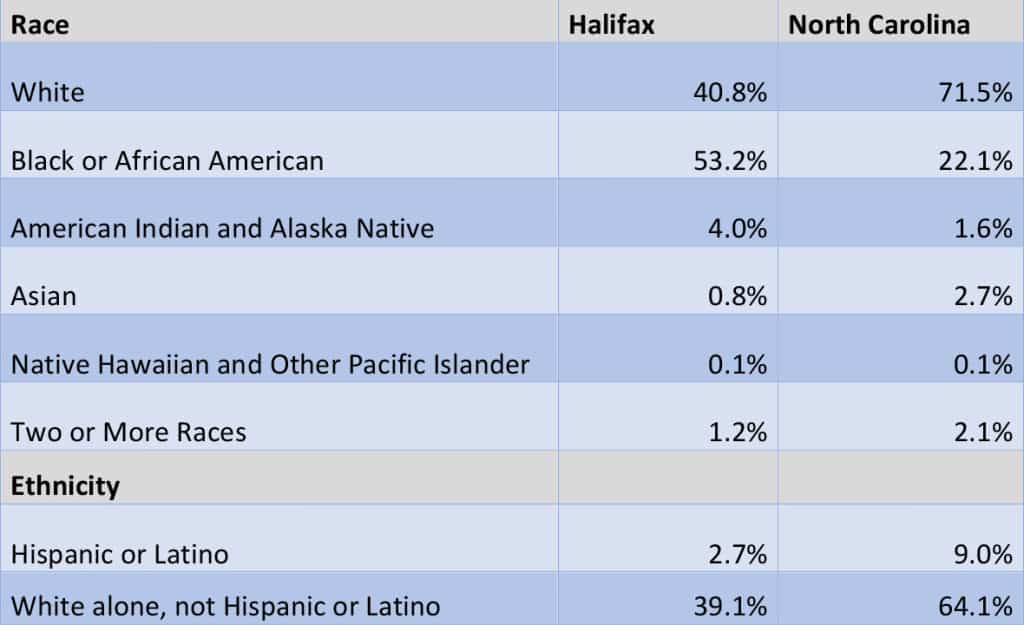
An aging population: In Halifax County, 5.5 percent of the population is under five, compared to 6.1 percent of the state. 21.9 percent is under 18, compared to 23 percent of the state. Persons 65 years and older accounted for 18.3 percent of the Halifax County population, compared to 14.7 percent of the state.
Race and ethnicity, under 18:
(Sources: Population and median age from U.S. Census Bureau American Fact Finder; Population decline from U.S. Census Bureau, 2014 County Total Population Estimates; Population by race, ethnicity, and age from U.S. Census Bureau: State and County QuickFacts)
Economics
Unemployment: In 2014, Halifax County had the state’s fourth highest unemployment rate at 9.5 percent. That same year, the state’s overall unemployment rate was 6.1 percent. Between 2006 and 2014, a period encompassing the pre-recession, recession, and post-recession recovery, Halifax’s unemployment rate peaked at 14.7 percent in 2010. The statewide unemployment rate peaked at 10.9 percent that same year.
Children in poverty: In 2013, Halifax had the fourth highest percentage of children under 18 living in poverty at 43.5 percent. Only Edgecombe, Scotland, and Robeson had a higher percentage. In 2014, it had fallen to 36.4 percent.
Public assistance: In the past 12 months, 51.1 percent of children under 18 received public assistance, compared to 30.3 percent for the state.
Income: The median household income for Halifax County was $32,597 in 2013, sixth lowest in the state and only 70.9 percent of the state median household income of $45,946. In 2014, the median household income had risen to $34,475, compared to $46,334 for the state. Halifax’s 2013 per-capita income was $17,937, compared to $25,284 for the state.
(Sources: Unemployment rates from Bureau of Labor Statistics, Local Area Unemployment Statistics (LAUS) data; Children in poverty from Bureau of the Census, Small Area Income and Poverty Estimates; Public assistance data from U.S. Census Bureau, 2010-2014 American Community Survey 5-Year Estimates; Median income from U.S. Census Bureau: State and County QuickFacts)
Education
Educational attainment:
• 11.8 percent of residents in Halifax County have a college degree or higher, compared to 27.3 percent of the state.
• 28.7 percent of residents in Halifax County had some college or an associate’s degree only, compared to 30.6 percent of the state.
• 35.3 percent of residents had only a high school diploma, compared to 27 percent of the state.
• 24.2 percent of residents had less than a high school diploma, compared to 15.1 percent of the state.
Charter school enrollment: At 19.7 percent, Halifax County Schools had the state’s highest percentage of students enrolled in charter schools for the 2014-15. Weldon City Schools had the eighth highest percentage of students enrolled in a charter school at 11.7 percent. Roanoke Rapids had only 4.3 percent of its students enrolled in a charter.
Total per-pupil expenditures including child nutrition: In 2014-15, Halifax County received $7,481.65 in state funding per pupil (15th highest in the state), $3,418.65 in federal funding per pupil (the highest in the state), and $876.63 in local funding per pupil (114th in the state), for a total of $11,776.93 per pupil (9th highest in the state).
Earnings by gender and educational attainment:
2015 SAT Scores for Halifax County School Districts:
(Sources: Educational attainment data from U.S. Census Bureau, 2009-2013 American Community Survey; Charter data collected from local education agencies via electronic survey, Division of School Business, North Carolina DPI; Per pupil expenditures, Table 24, Statistical Profile, North Carolina DPI; Median income by educational attainment from U.S. Census Bureau, 2010-2014 American Community Survey 5-Year Estimates; SAT scores, North Carolina DPI)
Employment
Total labor force: 20,710 (Second quarter, 2015)
Unemployment rate: 8.8 percent (Second quarter, 2015)
Top employers:
Halifax Community College was the 11th largest employer and Weldon City Schools was the 13th.
Top industry sectors:
Estimated average wages: The estimated average wage for jobs in Halifax County was $15.50 as of the second quarter 2015. The estimated average entry wage was $8.19 and the estimated experienced wage was $19.16.
Jobs outside of the county … and the state: More workers in Halifax County commute outside the county, and even the state, for work. In Halifax, 28.6 percent of residents commute outside the county, compared to 25.7 percent of total North Carolina workers, and 7.3 percent commute to jobs outside the state, compared to 2.5 percent for the rest of the state.
(Sources: Employment, labor force, industry, sector, and wage data from the N.C. Department of Commerce’s Labor and Economic Analysis Division; Commuting data from U.S. Census Bureau, 2010-2014 American Community Survey 5-Year Estimates)
